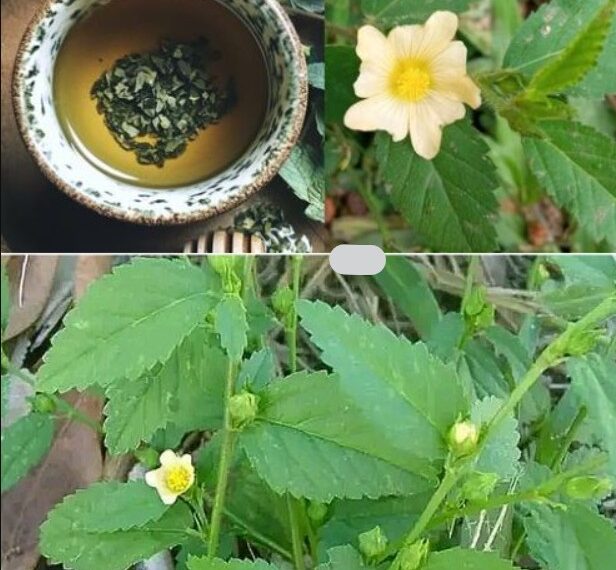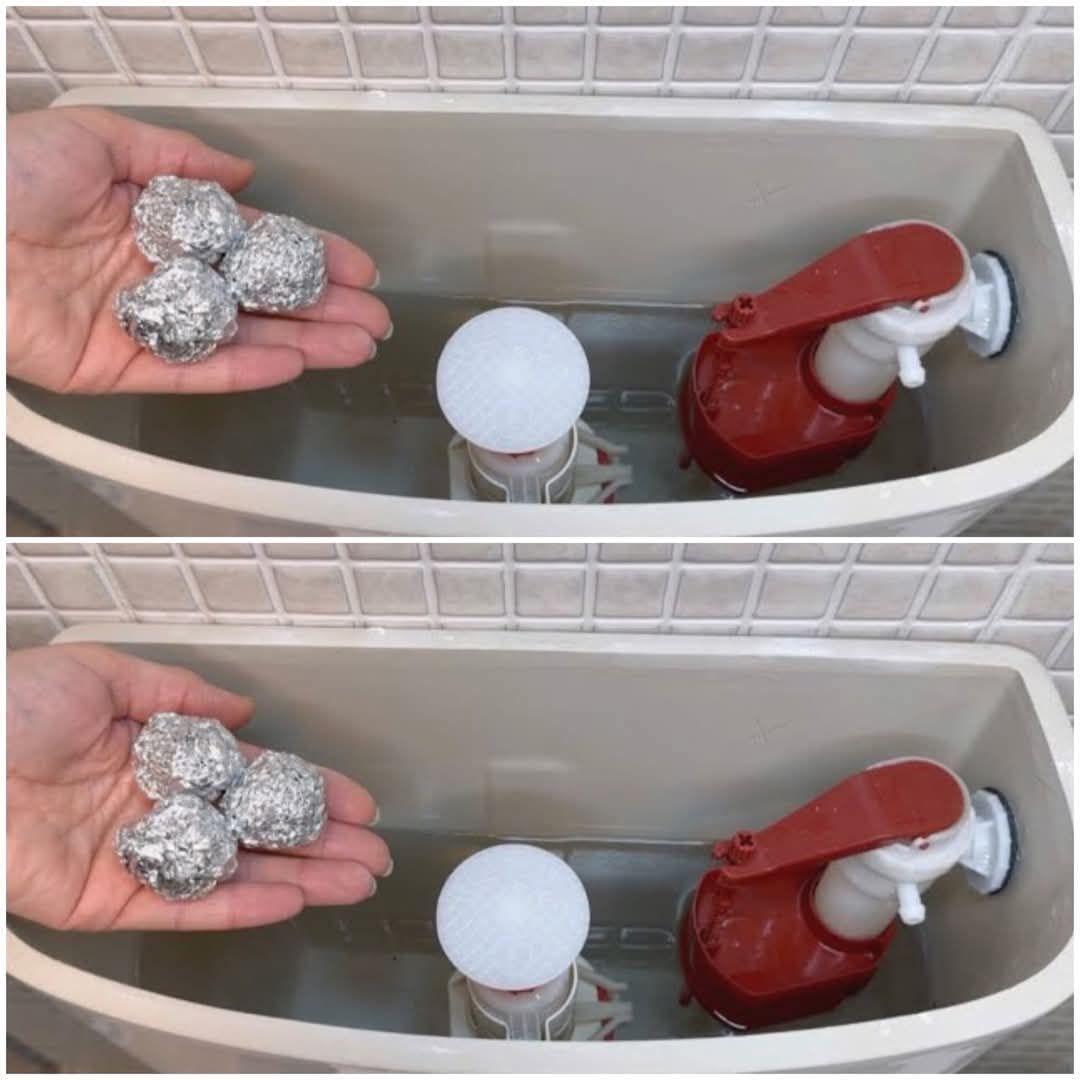In our carefully maintained gardens, manicured lawns, and urban landscapes, weeds are often seen as unwelcome invaders—green nuisances that spoil the aesthetic of our perfectly planned outdoor spaces. People spend billions of dollars globally each year trying to eliminate them with herbicides, landscaping services, and hours of manual labor. But what if we told you that these so-called “stubborn weeds” are far more than just pests?
Behind their rough reputation, many weeds are nutritional powerhouses, resilient survivors, and even potent healers. These tenacious plants are not just thriving in the margins—they are nature’s quiet warriors, offering benefits to our health, soil, and ecosystems. They survive against all odds, adapting to urban decay, poor soils, and harsh weather. And in doing so, they carry with them a hidden strength that modern society is only beginning to rediscover.
What Is a Weed, Really?
Before we go further, it’s important to understand what a “weed” actually is. Botanically speaking, a weed isn’t a specific type of plant. Rather, it’s a term humans use to describe any plant growing where we don’t want it. That could be a dandelion in your flowerbed, a thistle in your lawn, or even a tomato sprout in your rose garden.
In essence, a weed is just a plant out of place.
And yet, many of these so-called weeds are incredibly valuable—both ecologically and medicinally. They’re often rich in nutrients, deep-rooted (which helps aerate and nourish the soil), and provide essential habitat and food for pollinators like bees and butterflies. Some have been used for centuries in traditional medicine to treat everything from digestive issues to infections and even chronic illness.
The Nutritional and Medicinal Power of Weeds
1. Dandelion (Taraxacum officinale)
Often dismissed as a lawn nuisance, the dandelion is one of the most nutritious plants you can find. Its leaves are high in vitamins A, C, and K, as well as iron, calcium, and potassium. The roots have been used traditionally to detoxify the liver and aid digestion. Dandelion tea is still a popular remedy for bloating and water retention.
2. Plantain (Plantago major)
Not to be confused with the banana-like fruit, plantain is a broad-leaf weed found in compacted soil and sidewalks. It has powerful anti-inflammatory and antimicrobial properties. Traditionally, crushed plantain leaves have been used to treat insect bites, cuts, and skin irritations. Internally, it can support gut health and respiratory function.
3. Purslane (Portulaca oleracea)
Next page





